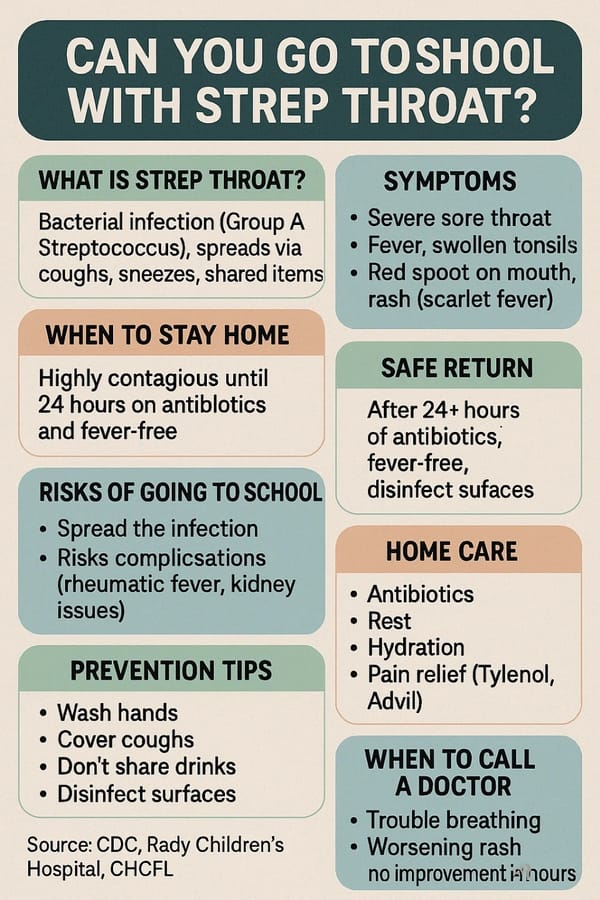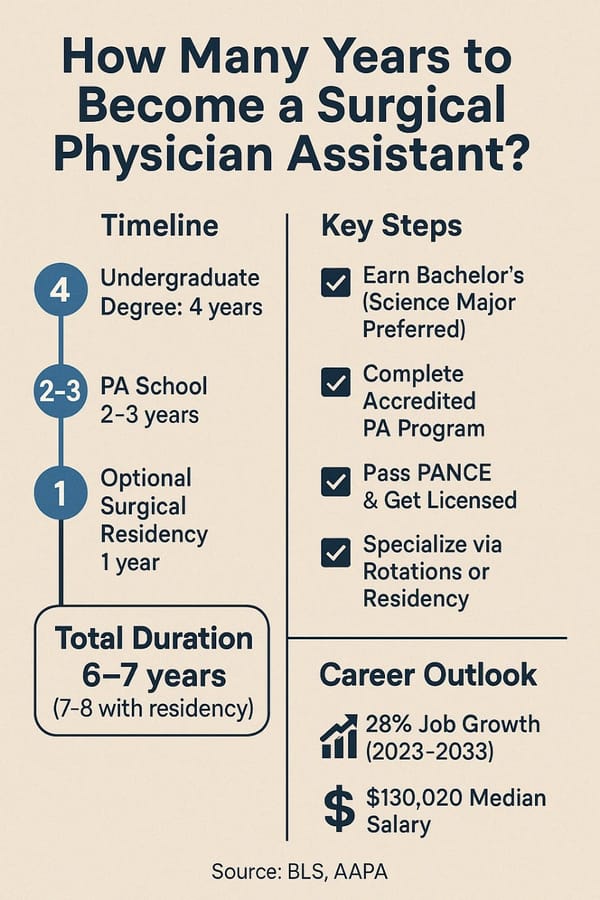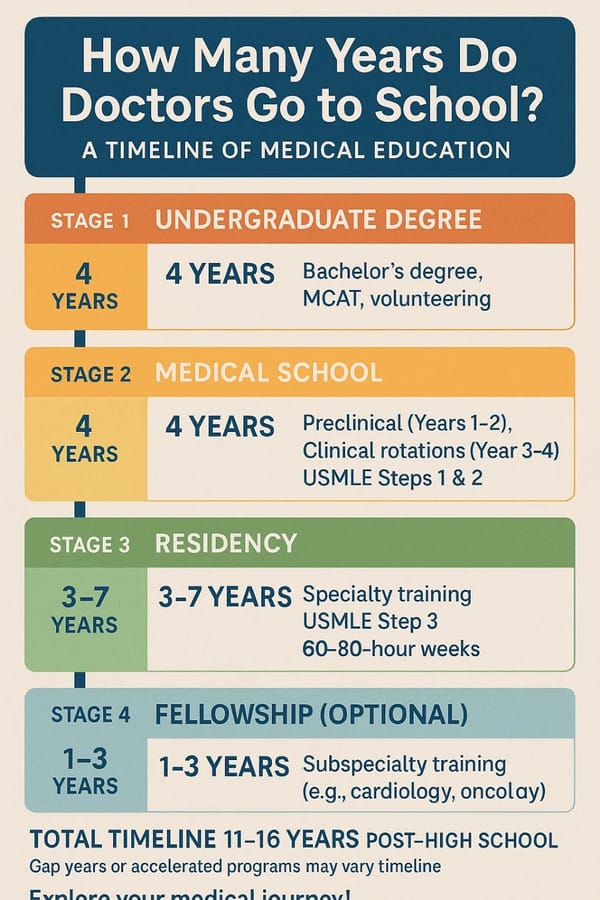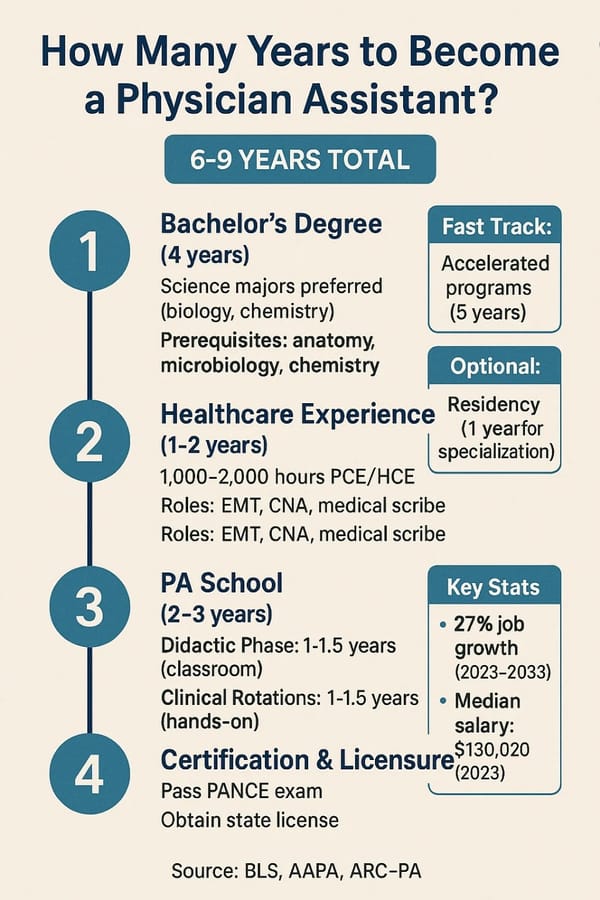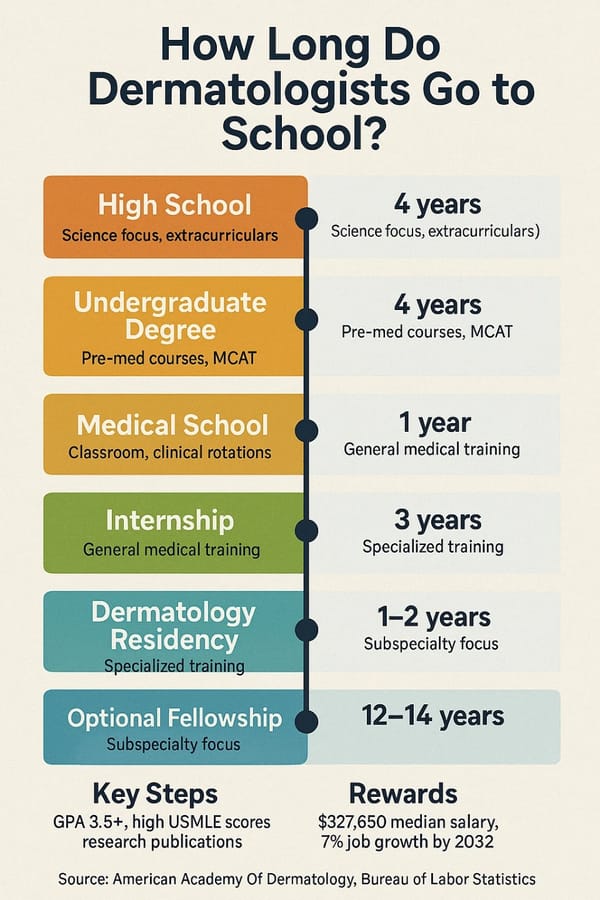What is the Duration of Educational Training Required to Become a Physical Therapist? A Comprehensive Guide
Considering a career in physical therapy? Learn about the complete path from undergraduate studies to licensure and find out the duration needed to become a physical therapist.
Imagine helping someone take their first steps after an injury or guiding an elderly patient to move without pain—physical therapy makes these moments possible. This rewarding career transforms lives by assisting patients in recovering from injuries, managing chronic conditions, and restoring mobility. But how long does it take to become a physical therapist? Typically, the journey spans 7 years, including 4 years of undergraduate study and a 3-year Doctor of Physical Therapy (DPT) program. Accelerated programs, licensure, and optional certifications can tweak this timeline, offering flexibility for different goals. This article provides an in-depth look at the educational requirements, alternative pathways, and personal stories to guide aspiring physical therapists. Whether you're a high school student, college undergrad, or career changer, this guide will help you plan your path with confidence.
Why Physical Therapy Education Matters
Physical therapists are essential in healthcare, meeting the growing needs of an aging population and those with chronic conditions. The Bureau of Labor Statistics predicts a 10% job growth for physical therapists from 2022 to 2032, outpacing the average for all occupations, with a median annual wage of $97,720 in 2022[1]. This rigorous education equips therapists to assess, treat, and empower patients, blending science with compassion. Understanding the timeline is key to managing costs, planning studies, and building a career that’s both fulfilling and impactful.
The Standard Educational Path
Becoming a physical therapist involves two core stages: undergraduate education and a DPT program. Here’s a detailed breakdown.
Undergraduate Education (4 Years)
The journey starts with a 4-year bachelor’s degree, laying the groundwork for advanced training. While students can choose any major, fields like biology, kinesiology, or exercise science are popular because they align with DPT prerequisites. These typically include:
- Anatomy and physiology
- Chemistry and physics
- Biology
- Psychology
- Statistics
Flexibility in majors allows students to follow their passions, as long as prerequisites are met. The American Physical Therapy Association (APTA) notes that these courses prepare students for the intensity of DPT programs[2]. Volunteering or working as a physical therapy aide during this time can strengthen your commitment and provide valuable insights into the profession.
Doctor of Physical Therapy (DPT) Program (3 Years)
After earning a bachelor’s degree, students enter a 3-year DPT program, the heart of physical therapy training. Accredited by the Commission on Accreditation in Physical Therapy Education (CAPTE), DPT programs blend classroom learning, lab work, and clinical rotations. The curriculum breaks down as:
- Classroom and Lab Study (77%): Covers musculoskeletal, neurological, cardiovascular, and pediatric physical therapy, plus biomechanics and therapeutic techniques.
- Clinical Rotations (23%): Hands-on practice in settings like hospitals, outpatient clinics, rehabilitation centers, and schools, averaging 22 weeks in final clinical experiences.
The APTA emphasizes that clinical rotations build essential skills in patient care and communication. Most programs follow a standardized 3-year structure, ensuring graduates are ready to practice independently.
Accelerated and Alternative Pathways
While the standard path takes 7 years, alternative routes can adjust the duration to suit individual goals.
3+3 Combined Programs (6 Years)
For students certain about physical therapy early on, 3+3 programs combine undergraduate and DPT studies into 6 years. Offered by schools like Concordia University Wisconsin, these programs allow students to start DPT coursework after three years of undergraduate study[3]. Perfect for driven high school graduates, they save time and tuition but demand early focus and academic excellence.
Transition DPT Programs (1-2 Years)
For therapists with a master’s degree in physical therapy (MPT), transition DPT (tDPT) programs offer a path to a doctorate, meeting current entry-level standards. These programs, lasting 1-2 years, cater to practicing therapists seeking advanced credentials. Indeed.com highlights that tDPT programs vary based on prior education and experience, providing flexibility for career growth[4].
Licensure and Optional Certifications
Completing a DPT is just one step—licensure and certifications are critical for practice and specialization.
Licensure Process
To practice, graduates must pass the National Physical Therapy Examination (NPTE), administered by the Federation of State Boards of Physical Therapy[5]. The NPTE assesses core competencies, with preparation often taking several months. State-specific requirements, like jurisprudence exams or background checks, may extend the process. Licensed therapists must complete continuing education every two years to maintain licensure, supporting lifelong learning.
Board Certifications
Optional board certifications in areas like orthopedics, neurology, or sports physical therapy boost expertise and career opportunities. Offered by the American Board of Physical Therapy Specialties (ABPTS), certification requires:
- 2,000 hours of clinical experience in the specialty
- Passing a specialty exam
- Additional coursework or residency (optional but common)
This process can take 1-2 years or more, positioning therapists as leaders in their chosen fields.
Personal Stories: The Human Side of the Journey
The path to becoming a physical therapist is as personal as it is academic. Here are stories from those who’ve lived it:
- Family Ties: One therapist was inspired by their mother, a nurse, and their grandfather’s recovery from a stroke. Helping him with mobility exercises showed the power of physical therapy’s non-invasive approach, locking in their career choice (EssayEdge)[6].
-
Real-World Impact: Another therapist worked as a physical therapy aide in college, watching patients regain independence. Moments like helping someone walk again or building trust with clients made the long study hours feel worthwhile.
-
Defining Moments: Many applicants recall experiences—like volunteering in a clinic or assisting a stranger—that revealed their patience and drive to help others. One therapist compared their passion to helping a turtle cross the road: a small act with a big impact (Sway Essay)[7].
These stories show that the journey, though challenging, is fueled by purpose, making every year of study deeply rewarding.
Table: Educational Pathways for Physical Therapists
| Pathway | Duration | Details |
|---|---|---|
| Bachelor's + DPT | 7 years | 4 years undergraduate (any major with prerequisites) + 3 years DPT program. |
| 3+3 Combined Program | 6 years | Combines bachelor's and DPT, starts post-high school, ideal for early deciders. |
| Transition DPT (tDPT) | 1-2 years | For MPT holders, upgrades to doctorate, varies by program. |
| Clinical Rotations (DPT) | Integrated | Several weeks to months at each site, part of DPT, hands-on experience. |
| Licensure and Certification | Months to years | NPTE for licensure, optional certifications add time based on specialty. |
This table outlines your options, helping you pick a path that matches your timeline and ambitions.
Career Outlook and Final Thoughts
Physical therapy offers a vibrant future, with 10% job growth, a median salary of $97,720, and the chance to create meaningful change (Bureau of Labor Statistics). The 7-year educational journey (or 6 with accelerated tracks) is an investment in a career that fuses science with empathy. Beyond academics, it’s about building resilience and a commitment to helping others thrive. For those considering this path, explore programs via the Physical Therapist Centralized Application Service (PTCAS)[8] and reflect on what fuels your passion—maybe a personal experience or a desire to uplift others.
Practical steps can ease the journey:
- Research Early: Use PTCAS to compare DPT programs, focusing on prerequisites, costs, and clinical opportunities.
- Gain Experience: Volunteer or work as a PT aide to confirm your interest and build your application.
- Connect with Mentors: Talk to practicing therapists for advice on programs and career paths.
Ready to start? Dive into DPT program research, volunteer at a clinic, or connect with therapists for firsthand insights. Your path to becoming a physical therapist begins with one bold step—why not take it today?
Bureau of Labor Statistics, U.S. Department of Labor, Occupational Outlook Handbook, Physical Therapists. ↩︎
American Physical Therapy Association, Becoming a Physical Therapist. ↩︎
Concordia University Wisconsin, Doctor of Physical Therapy Program. ↩︎
Indeed.com, How Long Does It Take To Become a Physical Therapist. ↩︎
Federation of State Boards of Physical Therapy, National Exam (NPTE). ↩︎
EssayEdge, Physical Therapy Personal Statement Sample. ↩︎
Sway Essay, How to Write Your Physical Therapy Personal Essay. ↩︎
Physical Therapist Centralized Application Service (PTCAS). ↩︎

